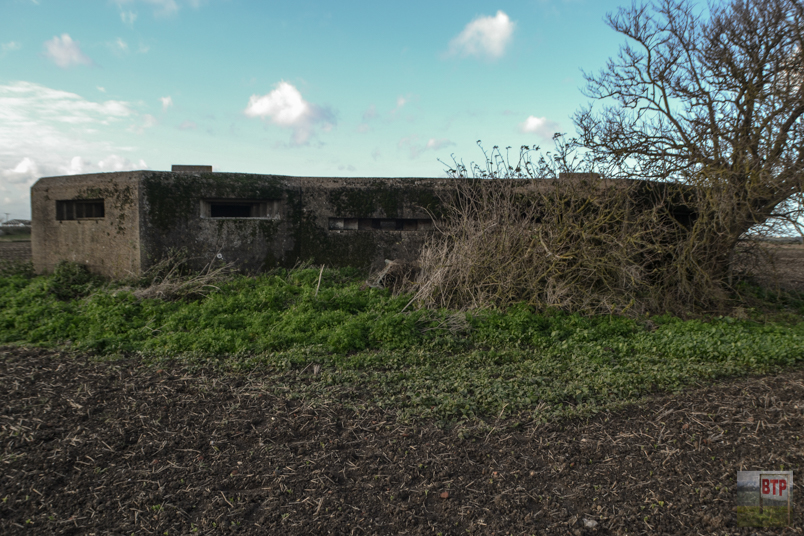
Southminster ‘Monster’ – Vickers MG Double Pillbox 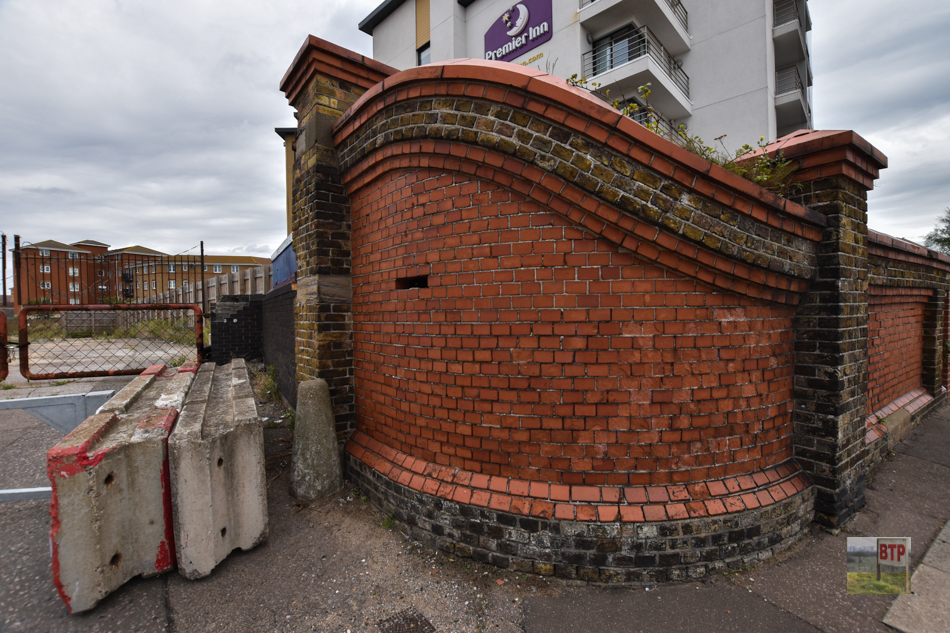
Disguised Pillbox or Observation Post, Southend
No matter where you are, you’re unlikely to be too far away from a pillbox. Thousands of these defences were built across the UK after the First World War and hundreds still survive today. The name comes from hexagonal boxes in which pills were dispensed in, hence the name pillboxes. An estimated 28,000 were built in England in 1940 with roughly 6,500 still surviving.
Pillboxes are simple in what they were built to do. The small structures has various loopholes built into the walls in which anyone inside could have fired out from.
In May 1940, the directorate of Fortifications and Works (FW3) was set up at the War Office with the task of producing a number of cheap and basic, yet effective, pillbox designs that could potentially be build by local soldiers. Six basic designs were issued, designed to be equipped with either rifles or light machine guns and some with much bigger weapons. Some unique designs had specific purposes such as spotting aircraft or protecting the shoreline. The design of each defence affects how strong it is with some having thicker walls and roofs being designated as shell-proof where as thinner designs were just ‘bulletproof’.
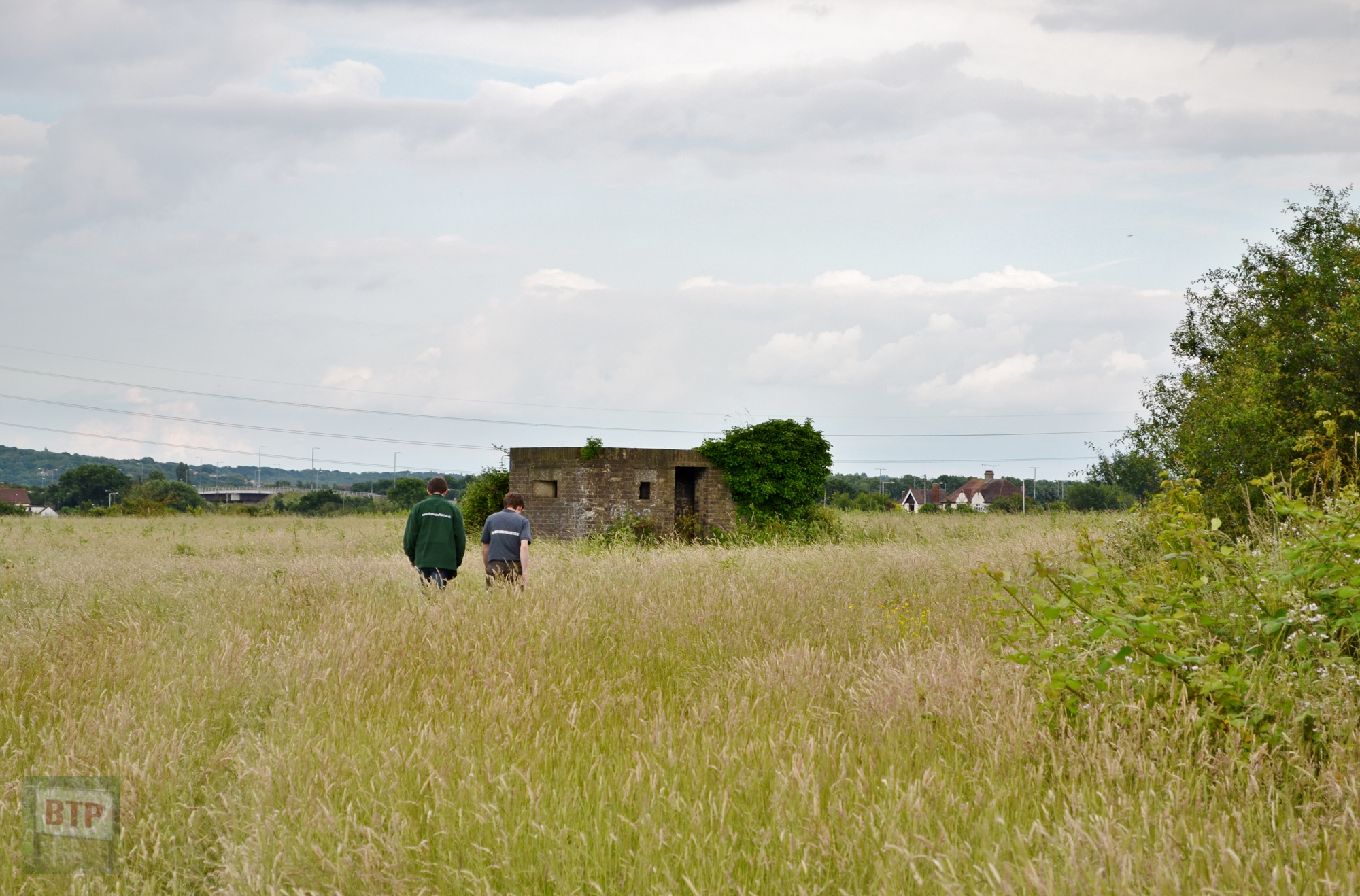
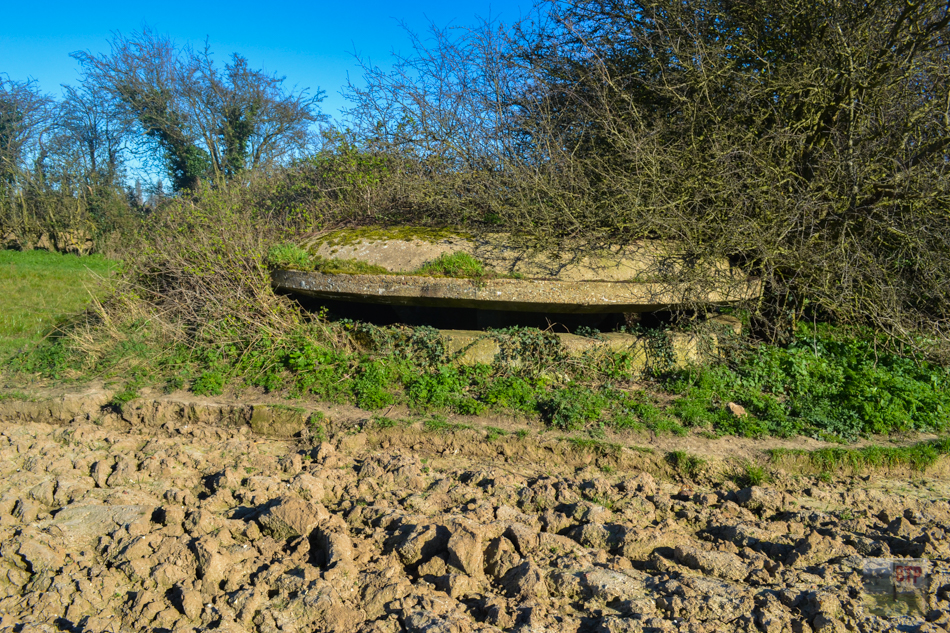
Cantilever Airfield Pillbox 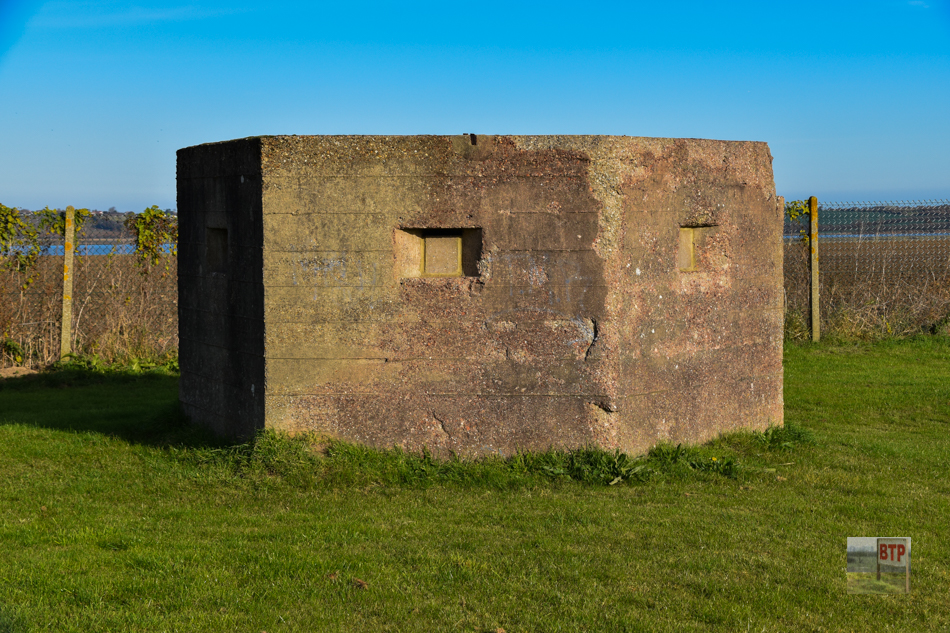
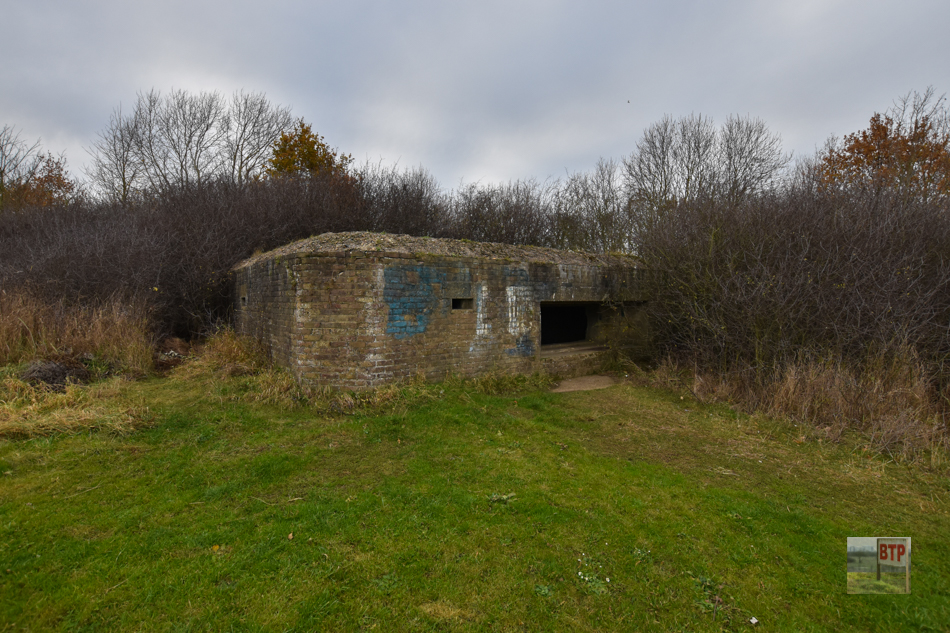
2-pdr Artillery Pillbox
Locations and Adaptions
Whilst the FW3 designs were fairly generic, some areas may have required the pillboxes to be adapted due to either the availability of building materials or depending on the local use. In some area’s pillboxes were built into the ground to hide them more, whereas in other areas they’re quite prominent. This would also affect where the entrance was and if any additional protection was required inside.
The appearance also varied due to the building materials used, despite all FW3 designs being built of concrete. Usually bricks would be used to form a mould where concrete could be poured in however in some areas planks of wood of corrugated iron was used. Various regions would have easier accessibility to some materials such as costal areas having easier access to pebbles and stones which would come in to use for disguising them. For example Benfleet Pillbox has concrete lumps on top to make it blend in with the local surroundings and make it less obvious.
The location also depends on how many are built. For example, at Southend Airport, several are scattered around the site to give it the best protection available when it was an airfield, RAF Rochford.
Pillboxes were generally armed with small firing slit loop holes for light machine guns or rifles, such as the Bren LMG. Heavier pillboxes had larger openings for Vickers medium machine guns or 2-pounder anti-tank artillery guns. Other types were equipped with Light Anti-Aircraft (LAA) mounts for defending the immediate area from low flying aircraft. These pillboxes often had pillars or ‘chimneys’ upon which a machine gun or autocannon would be mounted.
And pillboxes weren’t just used in the UK – Between 1936 and 1939, 200 pillboxes were built on Malta to protect from Italian invasion; in World War 1 1,500 pillboxes were made in Kent and sent to the Western Front and they were also built for Czechoslovakia and Japan.
Types of Pillboxes
- Type 22 – Hexagonal shape, 5 rifle loops and a blast wall in the middle.
- Type 23 – Rectangular shape, equipped with a light ant-aircraft machine gun
- Type 24 – Hexagonal shape, designed for a light machine gun
- Type 25 – Circular shape, designed for infantry using rifles and light automatics
- Type 26 – Square shape, loop in each wall
- Type 27 – Octagonal shape, porch to protect entrance, open in centre for anti-aircraft
- Type 28 – Rectangular shape, walls are roughly 1m thick, weapons would aim at a fixed sight
Information from the Pillbox Study Group.
Pillbox Gallery
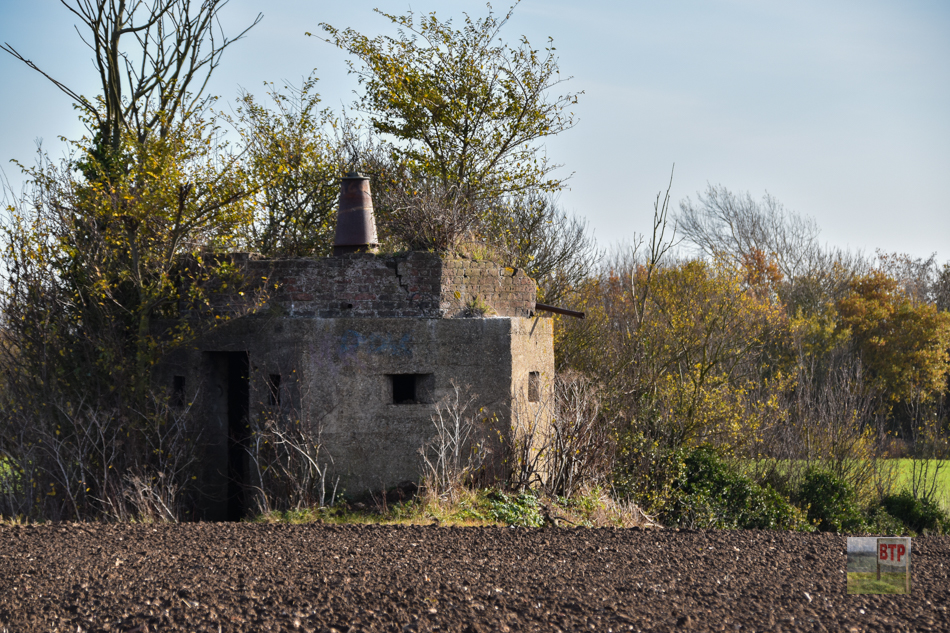
Pillbox with AA mount, Canewdon 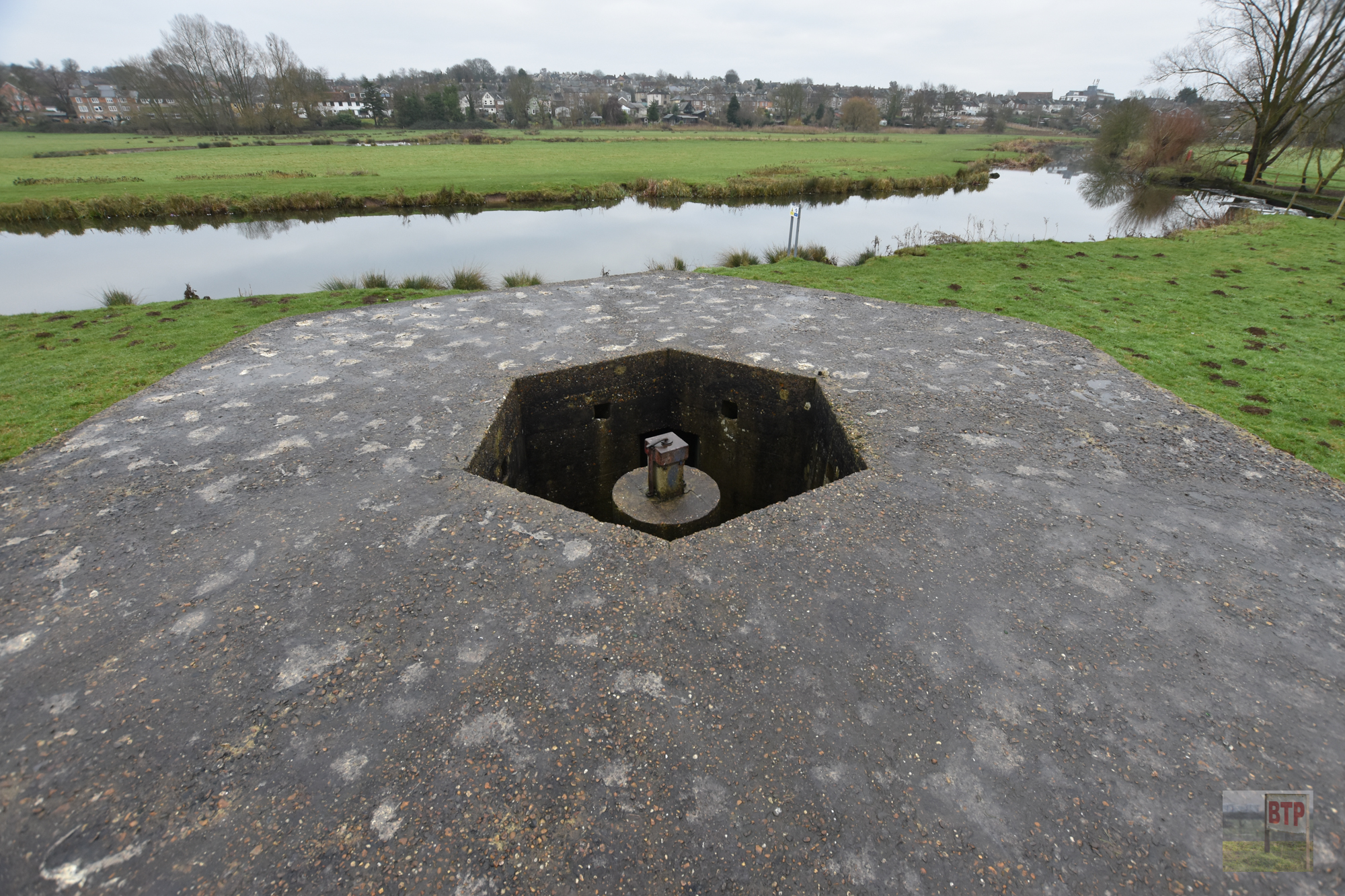
Sudbury Pillbox with AA mount 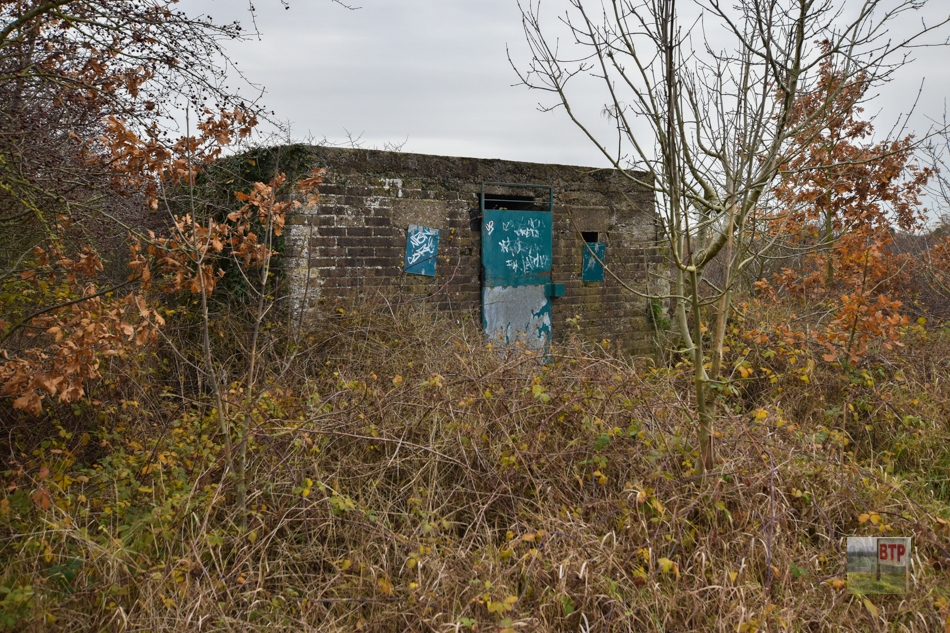
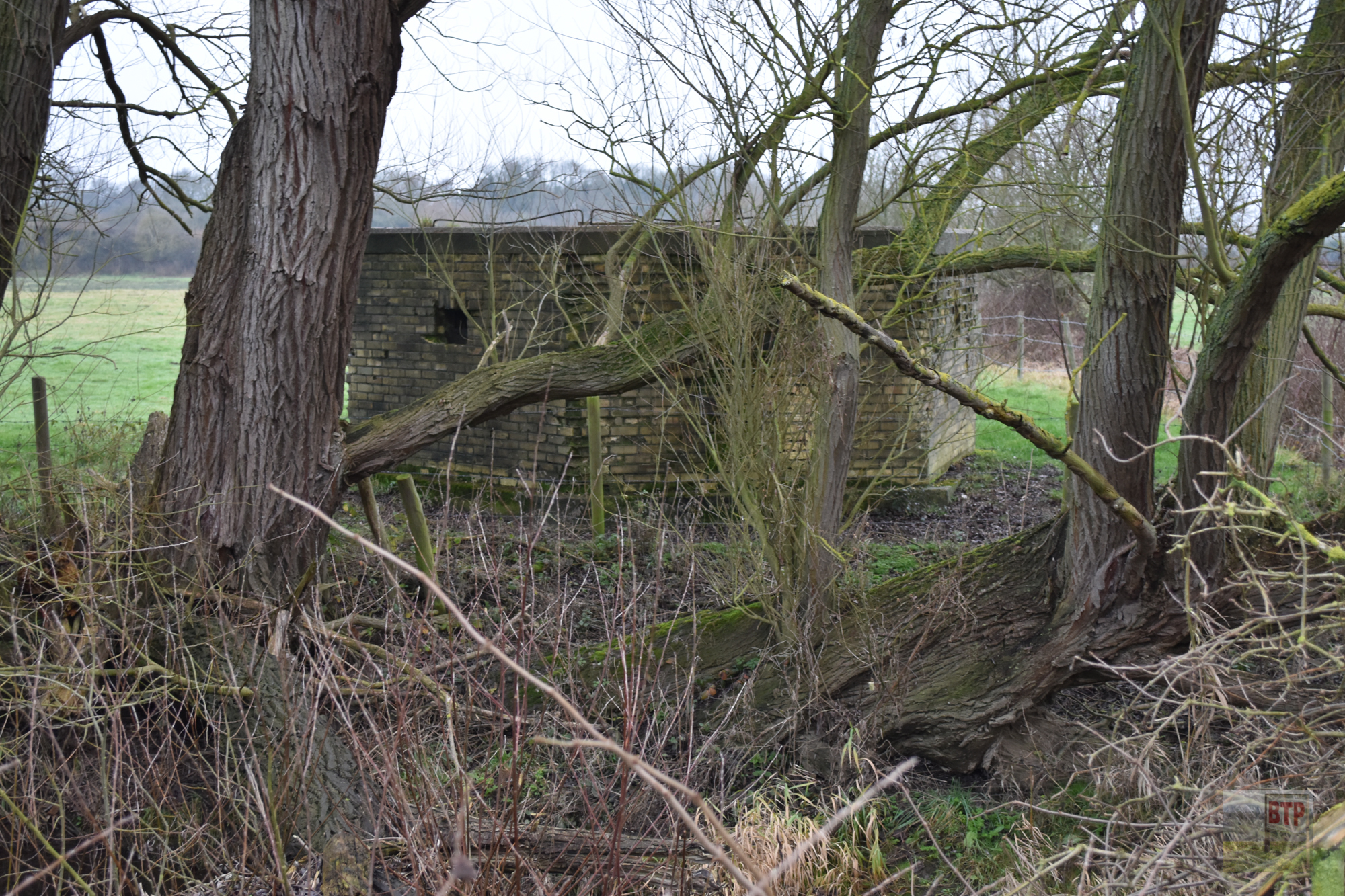
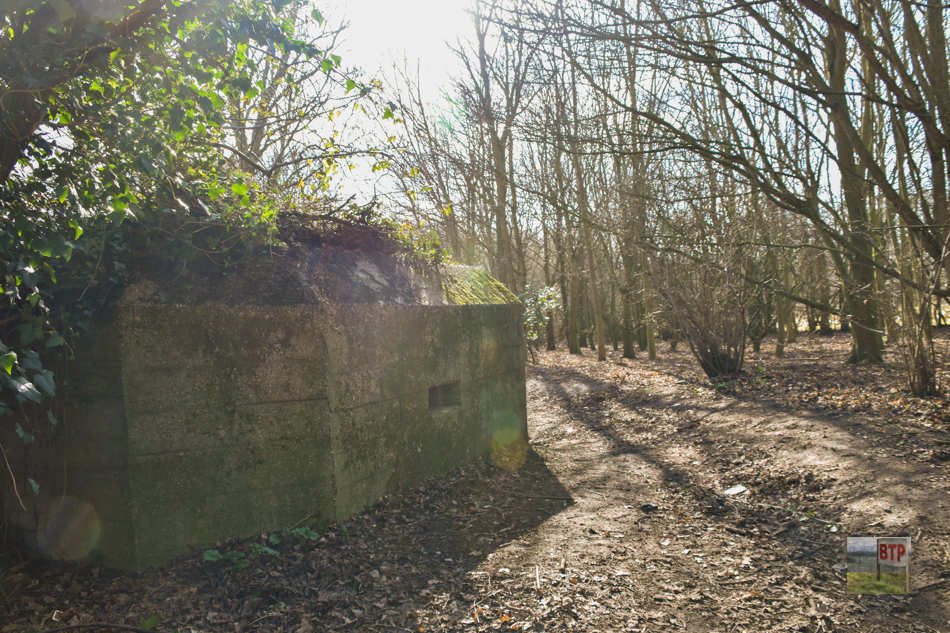
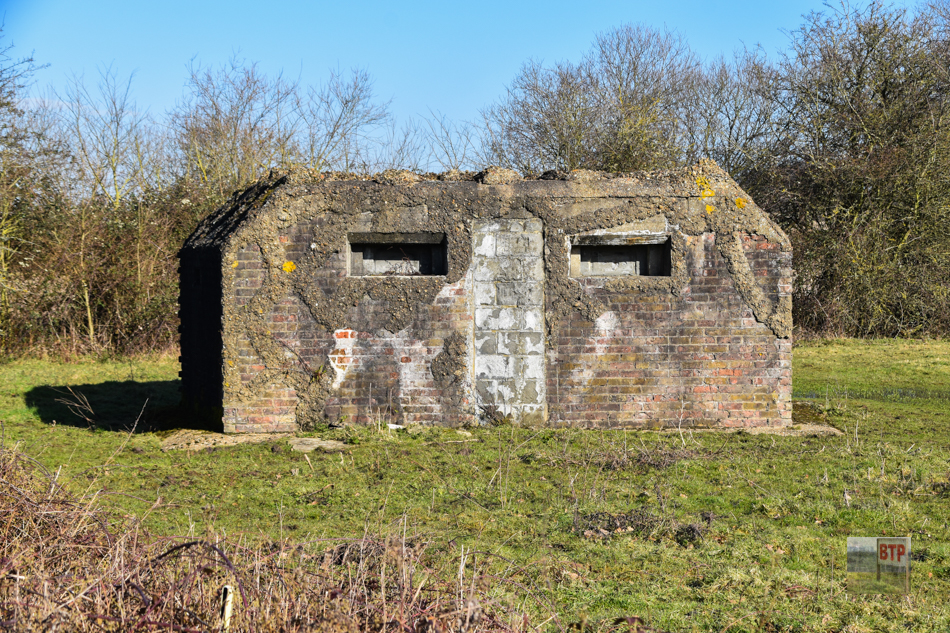
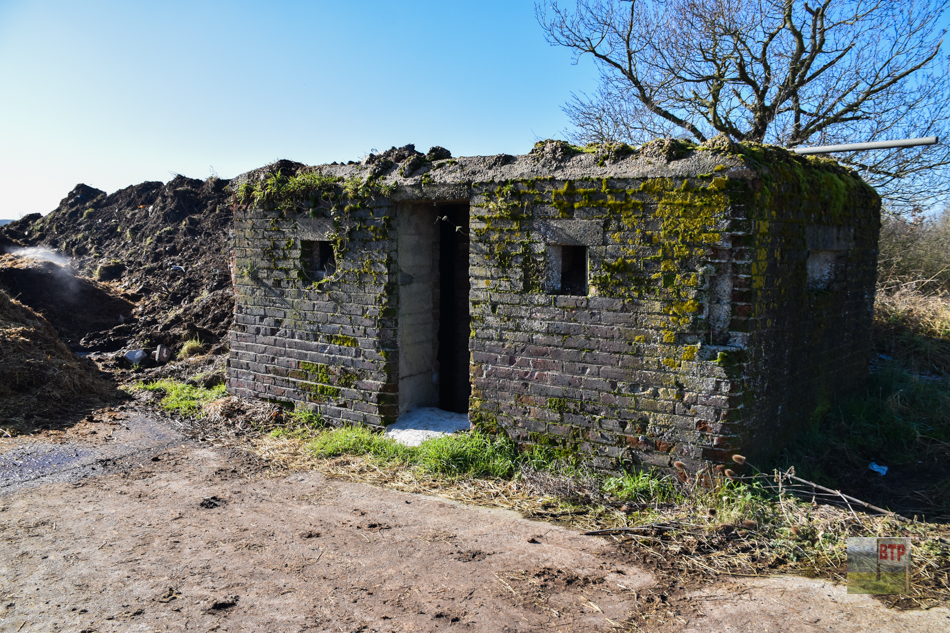
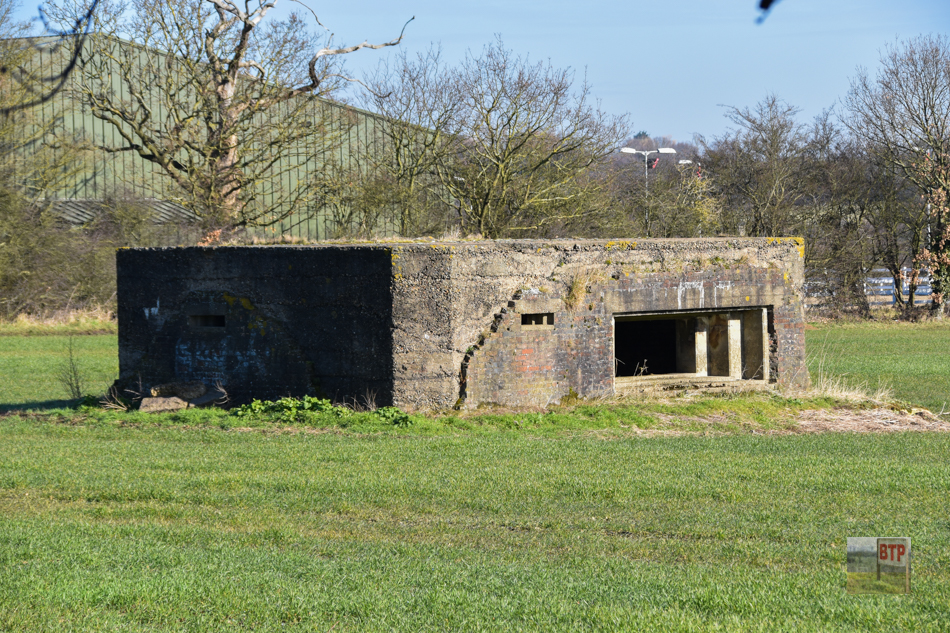
2-pdr Artillery Pillbox 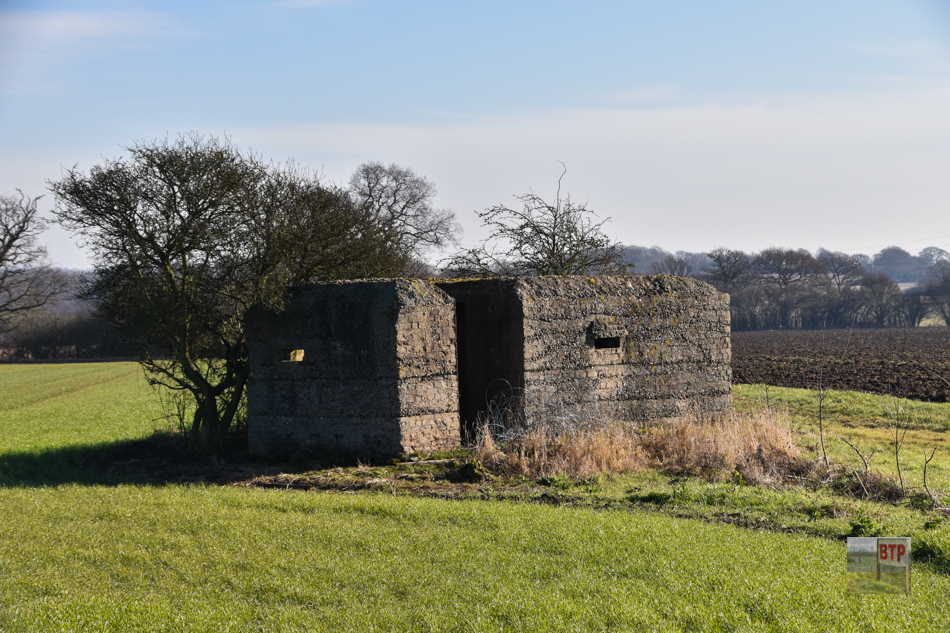
Explore Yourself!
Sudbury Pillbox – Spherical Image – RICOH THETA




Hi Joe
Just a correction , 28 000 Pillboxes were bult across the United Kingdom not just England 1940/41